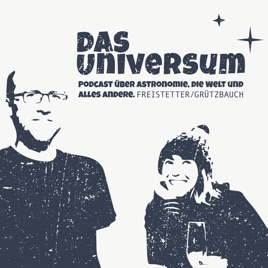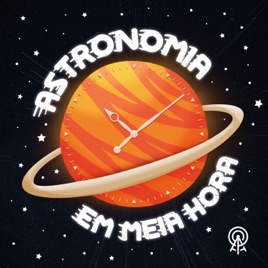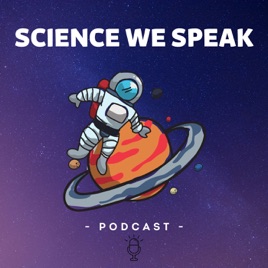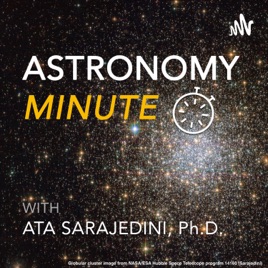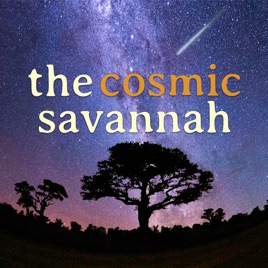S27E19: Saturn's "Death Star" Moon Hides a Watery Surprise
2024/02/12
The Space, Astronomy, and Science Podcast.
SpaceTime Series 27 Episode 19
*Saturn’s Moon Mimas Hides a Watery Secret
Mimas, once known merely as the Death Star look-alike, has revealed a startling secret. New research from the Cassini mission data shows that beneath its icy facade, this diminutive moon harbors a youthful subsurface ocean. Only 400 kilometers wide, Mimas's aquatic interior is geologically green, estimated to be a mere 5 to 15 million years old.
*Juno's Daring Dance with the Volcanic Io
NASA's Juno spacecraft has just grazed past the fiery surface of Io, Jupiter's most volcanic moon. During its intimate encounter, Juno captured the moon's volcanic fury, with plumes reaching into the darkness of space. This mission seeks to uncover whether Io's volcanic vigor stems from a molten heart—an ocean of magma beneath its crust.
*Cold Origins of Organic Compounds in Space
A groundbreaking study has found that certain organic compounds, like those in asteroids, might have originated in the frigid expanses of interstellar space. This challenges the prevailing belief that such compounds could only form near the heat of stars, opening new doors in our quest to understand the chemistry of life beyond Earth.
*The Berlin Meteorite: A Rare Visitor Decoded
After a fiery descent witnessed across central Europe, fragments of an asteroid that landed near Berlin have been identified as a rare type of chondrite known as an orbrite. This discovery provides a unique glimpse into the diverse materials that wander our cosmic neighborhood.
Join us as we delve into these discoveries and more on SpaceTime with Stuart Gary.
https://spacetimewithstuartgary.com https://bitesz.com
Listen to SpaceTime on your favorite podcast app with our universal listen link: https://spacetimewithstuartgary.com/listen and access show links via https://linktr.ee/biteszHQ
For more SpaceTime and show links: https://linktr.ee/biteszHQ
For more space and astronomy podcasts visit our HQ at https://bitesz.com
Your support is needed... **Support SpaceTime with Stuart Gary: Be Part of Our Cosmic Journey!** SpaceTime is fueled by passion, not big corporations or grants. We're on a mission to become 100% listener-supported, allowing us to focus solely on bringing you riveting space stories without the interruption of ads. **Here's where you shine:** Help us soar to our goal of 1,000 subscribers! Whether it's just $1 or more, every contribution propels us closer to a universe of ad-free content. **Elevate Your Experience:** By joining our cosmic family at the $5 tier, you'll unlock: - Over 350 commercial-free, triple episode editions. - Exclusive extended interviews. - Early access to new episodes every Monday. Dive in with a month's free trial on Supercast and discover the universe of rewards waiting for you! [Join the Journey with SpaceTime](https://bitesznetwork.supercast.tech/) [Learn More About Us](https://spacetimewithstuartgary.com) Together, let's explore the cosmos without limits!
#space #astronomy #science #spacetimewithstuartgary #podcast #Mimas #Juno #Io #OrganicCompounds #Asteroid #BerlinMeteorite
Become a supporter of this podcast: https://www.spreaker.com/podcast/spacetime-with-stuart-gary--2458531/support.
more

